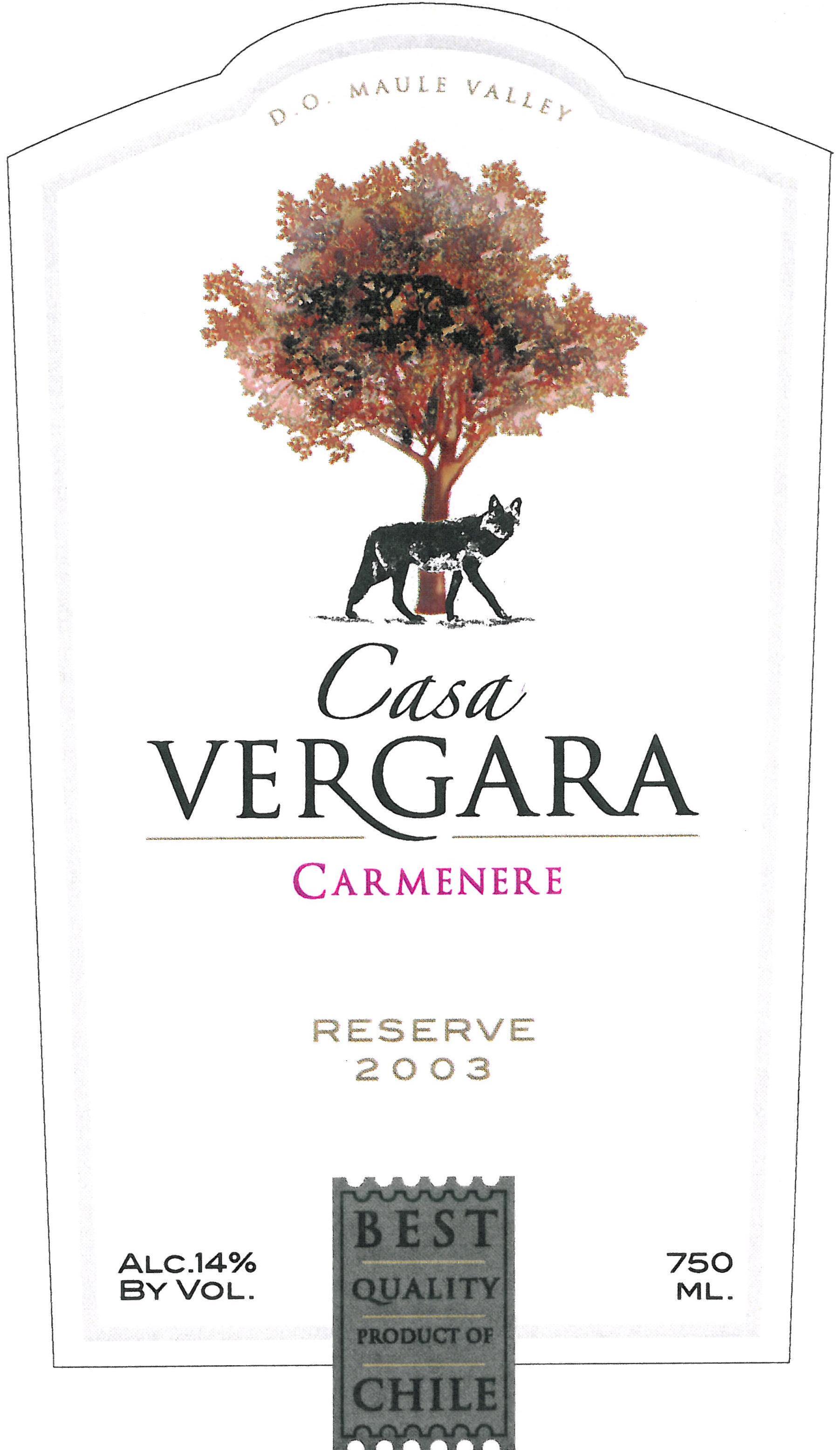2003 Maule Valley Carmenere
Casa Vergara Reserva is a captivating red wine hailing from the renowned Maule Valley, celebrated for its rich terroir and exceptional winegrowing conditions. This 2003 vintage Carmenere showcases a full-bodied structure, offering a delightful balance of richness and depth. The wine possesses a remarkable acidity that invigorates the palate, complementing its lush, fruit-forward character, which highlights vibrant notes of ripe blackberries and dark cherries. Tannins are notable yet velvety, providing a firm backbone without overwhelming the senses. As a dry wine, this Carmenere achieves harmony with its robust flavors, making it a standout choice for those seeking a sophisticated red that embodies the essence of Chilean winemaking.
Casa Vergara Reserva is a captivating red wine hailing from the renowned Maule Valley, celebrated for its rich terroir and exceptional winegrowing conditions. This 2003 vintage Carmenere showcases a full-bodied structure, offering a delightful balance of richness and depth. The wine possesses a remarkable acidity that invigorates the palate, complementing its lush, fruit-forward character, which highlights vibrant notes of ripe blackberries and dark cherries. Tannins are notable yet velvety, providing a firm backbone without overwhelming the senses. As a dry wine, this Carmenere achieves harmony with its robust flavors, making it a standout choice for those seeking a sophisticated red that embodies the essence of Chilean winemaking.




